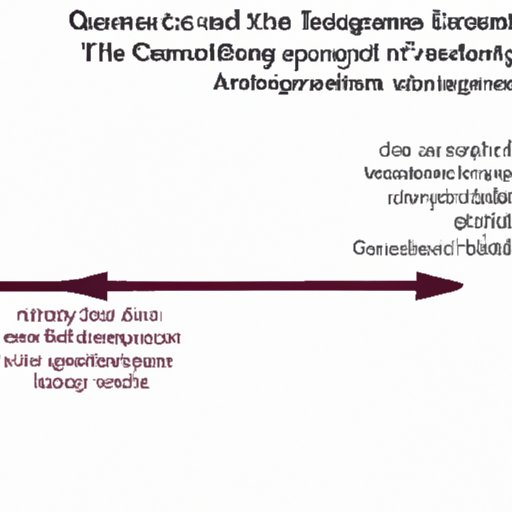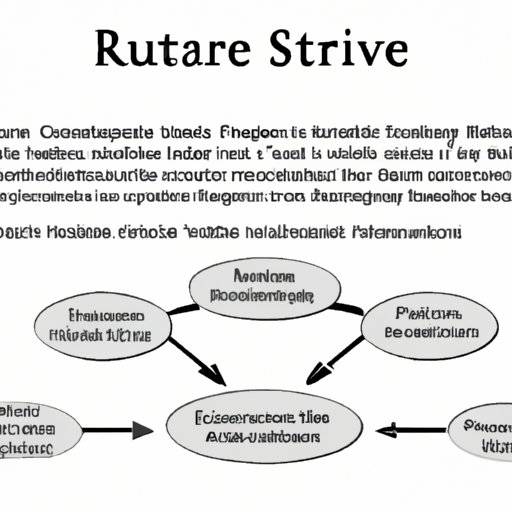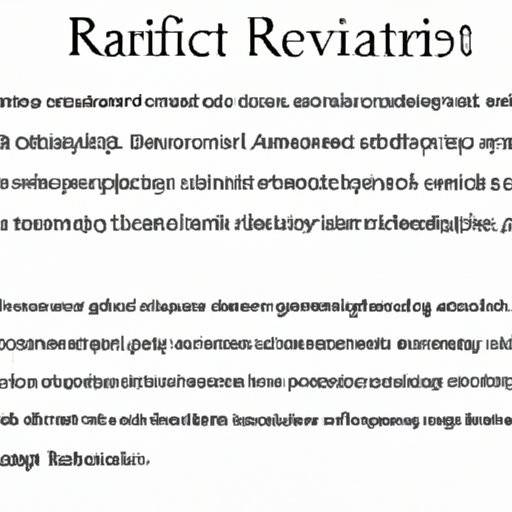Introduction
A literature review is a comprehensive summary of existing research on a particular topic. It is used to identify, analyze, and critically evaluate relevant studies, as well as to describe trends, debates, and gaps in the literature. Writing a literature review introduction can be a tricky process, but it is essential for setting up the rest of the paper. In this article, we will explore how to write a literature review introduction by outlining the main points, explaining the purpose, identifying key themes and trends, describing the scope and context, highlighting gaps in current research, and introducing the structure.
Outlining the Main Points of the Literature Review
The first step in writing a literature review introduction is to identify the topic and purpose. This will help you determine what information is most relevant and important to include in your review. Once you have identified the topic and purpose, you should gather relevant information from scholarly sources such as books, journal articles, and conference proceedings. When researching, it is important to analyze and critically evaluate sources to ensure that the information is accurate and up-to-date.
Explaining the Purpose of the Literature Review
The purpose of a literature review is to summarize and synthesize existing research on a particular topic. It is also used to demonstrate your understanding of the field and to justify the need for your own research. By summarizing and synthesizing existing studies, you can provide a comprehensive overview of the current state of knowledge. This will help you make connections between ideas and identify any patterns or trends in the data.

Identifying Key Themes and Trends in Existing Research
When writing a literature review introduction, it is important to note similarities and differences between different sources. This will help you identify key themes and trends in the literature. Additionally, you should make connections between ideas and describe any patterns or findings that emerge. This will help you draw conclusions about the current state of knowledge and identify any gaps in the literature.
Describing the Scope and Context of the Literature Review
In addition to outlining the main points of the literature review, it is important to introduce the sources used. This will help readers understand how the research fits into the bigger picture. You should also explain any limitations of the literature, such as the sample size or the geographic area covered. Finally, you should address any ethical considerations that may be relevant to the study.

Highlighting the Gaps in Current Research
When writing a literature review introduction, it is important to point out discrepancies in the data and discuss potential solutions to unanswered questions. This will help readers understand the importance of your research and why it is necessary to fill the gaps in current knowledge. Additionally, it will help you establish your research question and provide justification for your study.

Introducing the Structure of the Literature Review
Finally, when writing a literature review introduction, you should establish a clear argument and structure the review logically. Use transitions to link ideas and demonstrate how different sources are related. Additionally, you should highlight any implications of the literature and discuss how your research will help to advance knowledge in the field.
Conclusion
Writing a literature review introduction can be a challenging task, but it is essential for setting up the rest of the paper. To write an effective literature review introduction, you should identify the topic and purpose, analyze and evaluate sources, summarize and synthesize existing research, explain the scope and context of the literature, highlight gaps in current research, and introduce the structure of the review. By following these steps, you can ensure your literature review introduction is both informative and engaging.
(Note: Is this article not meeting your expectations? Do you have knowledge or insights to share? Unlock new opportunities and expand your reach by joining our authors team. Click Registration to join us and share your expertise with our readers.)
